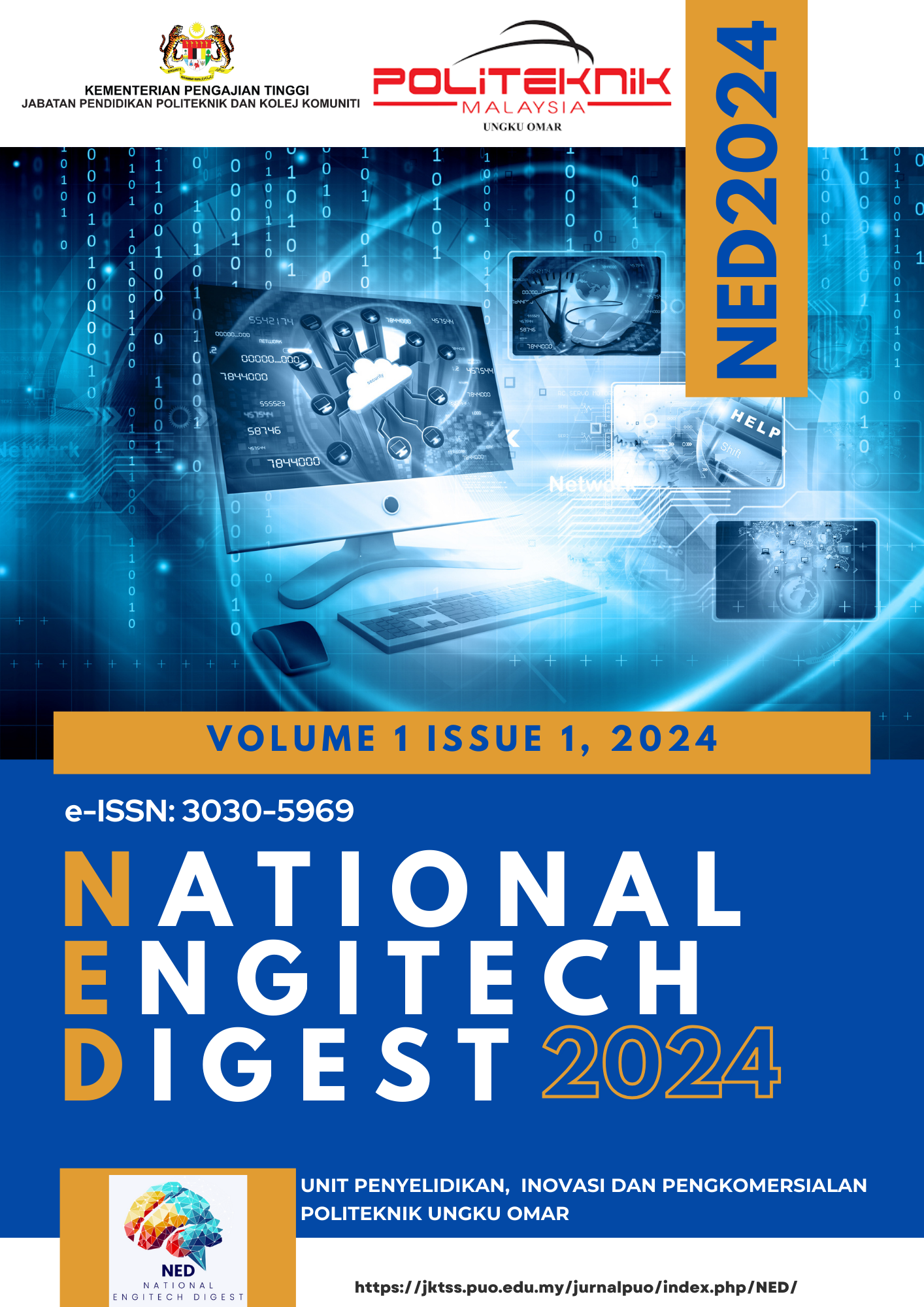Life Cycle Assessment of Interlocking Blocks with Recycled Plastic Waste for Pedestrian Walkway Pavements
Main Article Content
Abstract
The Life Cycle Assessment (LCA) of interlocking blocks incorporating plastic waste for pedestrian walkway pavements addresses sustainability in construction practices. This study analysed the carbon emissions of interlocking blocks used in pedestrian walkways, covering the entire life cycle from cradle to cradle. The evaluation includes various materials commonly used in pathway construction, such as concrete, gravel, and recycled materials. It assesses the environmental impacts throughout the entire life cycle, encompassing material extraction, production, transportation, construction, and maintenance. The primary objective is to compare the life cycle of pedestrian pathways made from recyclable plastic with those made from conventional materials. This involves examining the materials used during production, the manufacturing stages, construction methods, usage practices, end-of-life assumptions, and the specific procedures for constructing pathway networks. The findings indicate that using recycled plastic in interlocking blocks offers significant environmental benefits compared to traditional materials like cement and aggregate, particularly in terms of reducing carbon emissions and promoting sustainability in construction.
